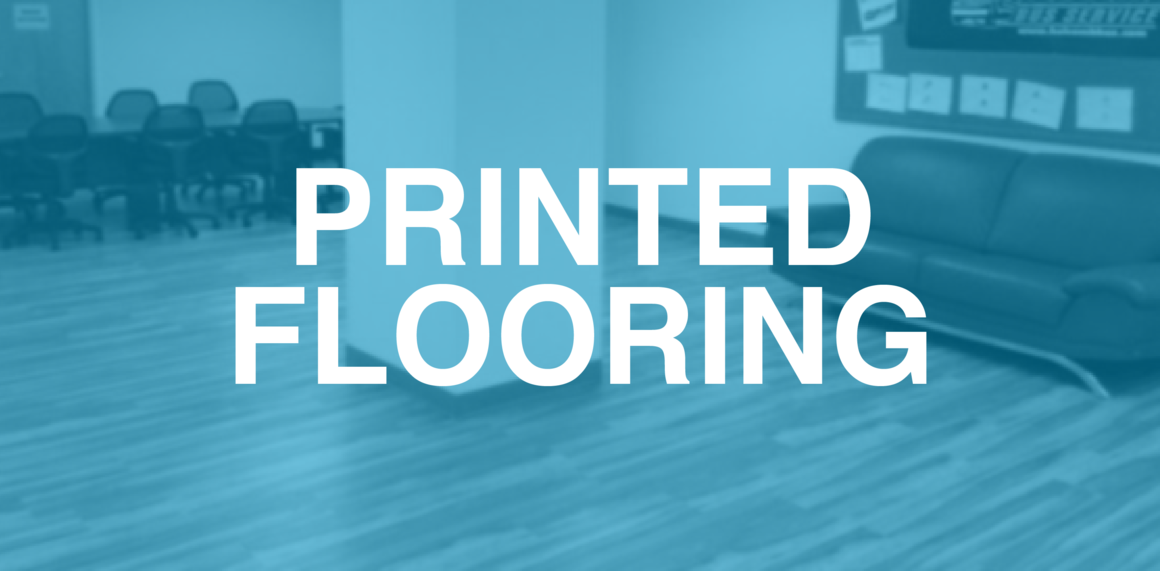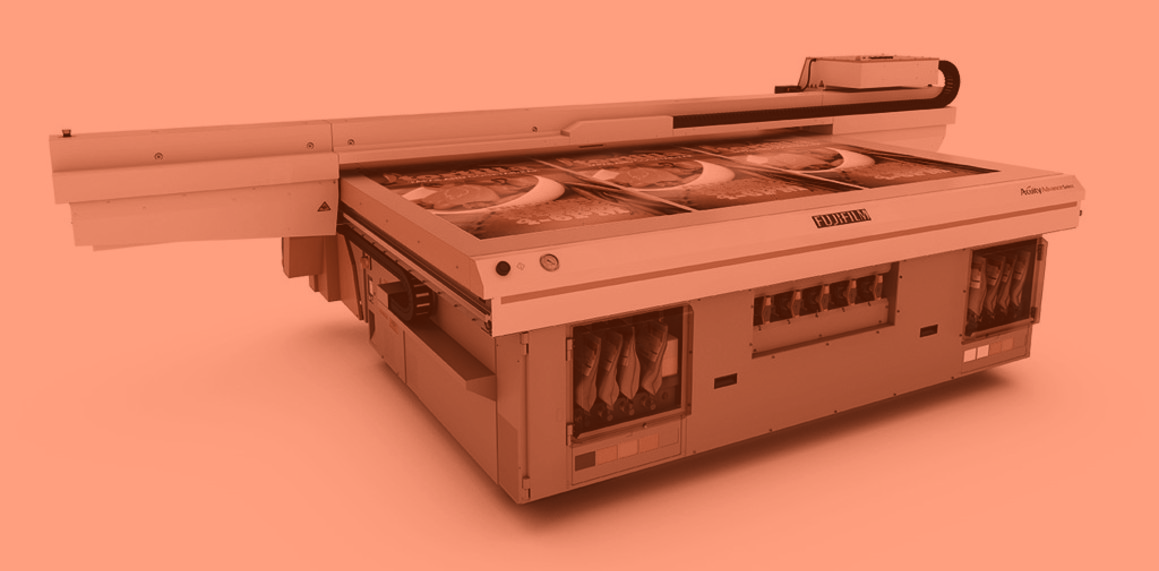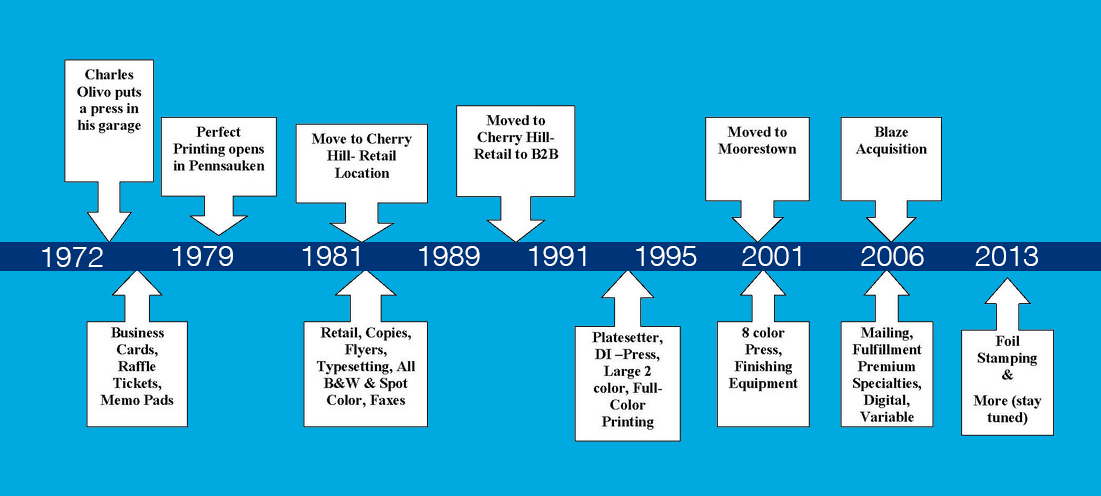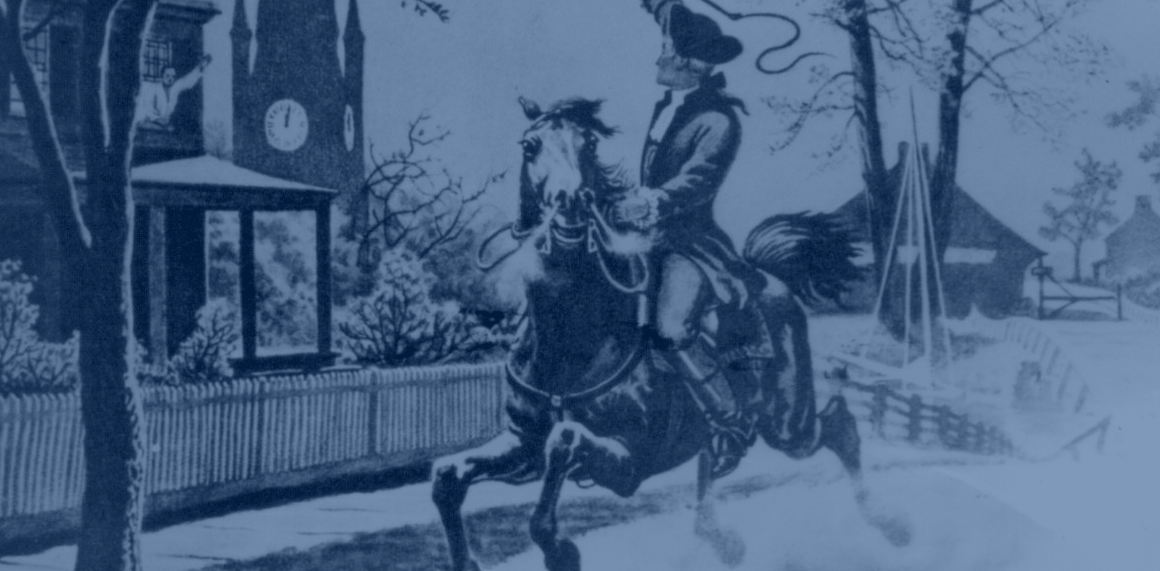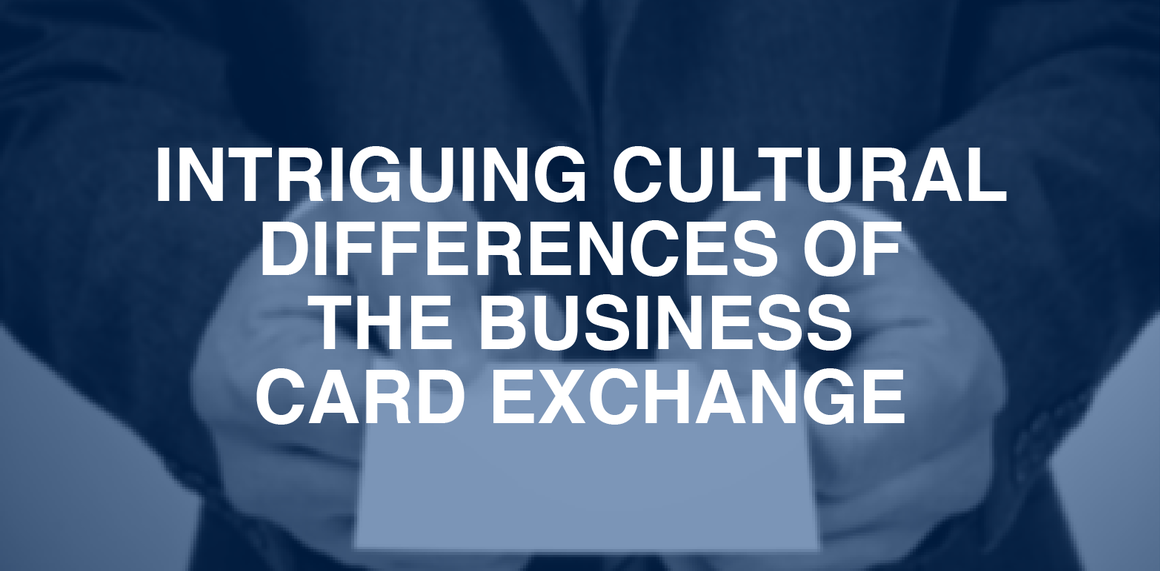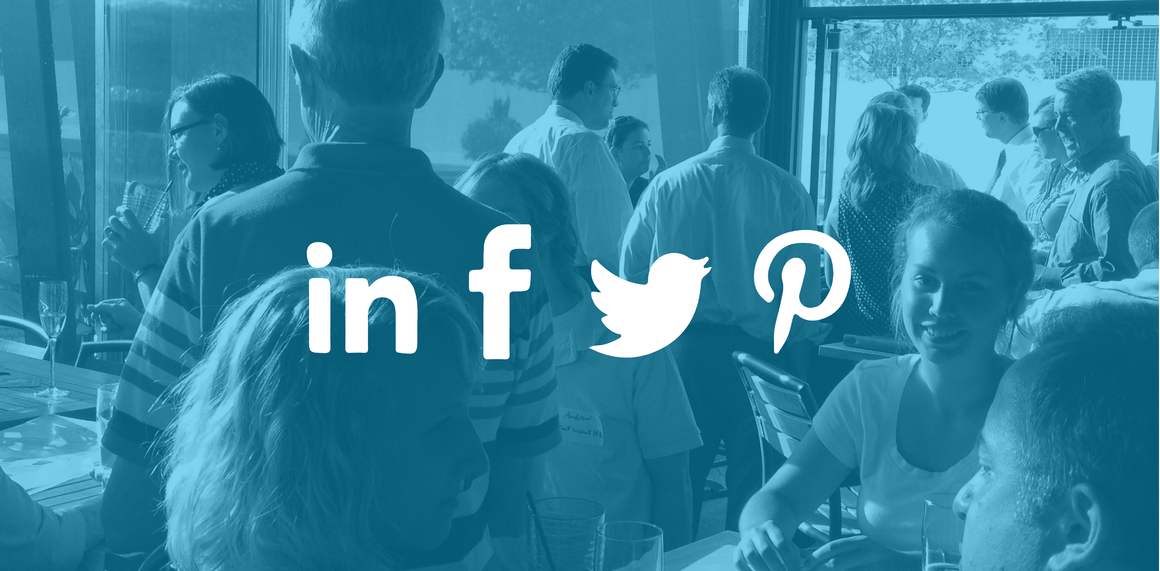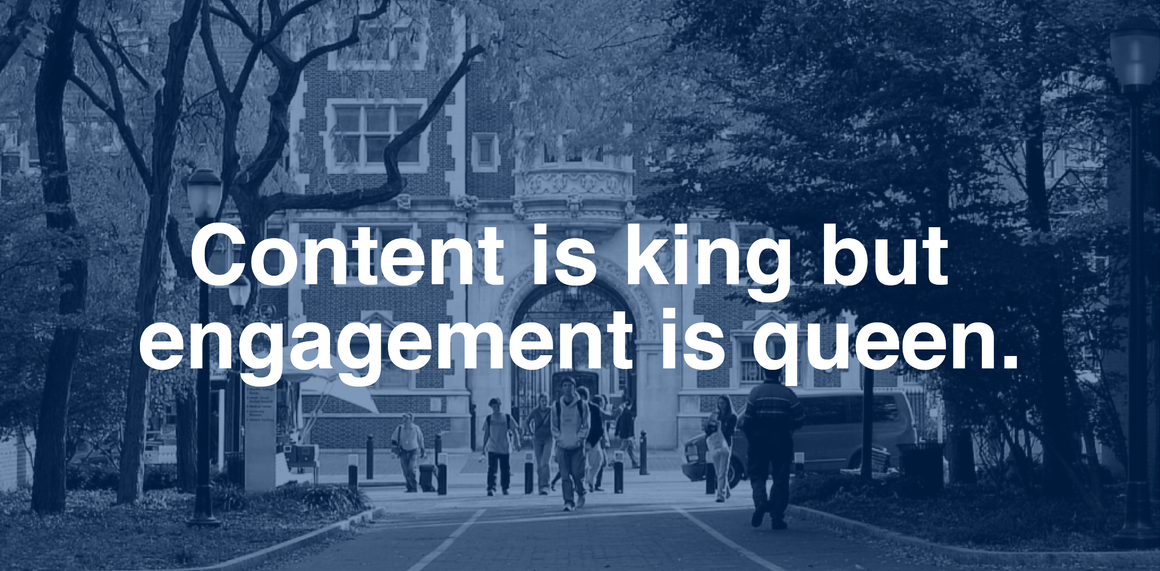Is That Printed?
https://perfectcommunications.com/wp-content/uploads/2013/10/l_blue-upstairs-011-1024x504.png 1024 504 admin admin https://secure.gravatar.com/avatar/3f0ab219d4f408464f131b4180b1da5119b8392a5155a011682c7587c73fc755?s=96&d=mm&r=gThis past month we had a section of our building renovated that will house new offices. Part of the renovation process included the installation of vinyl flooring. The flooring that was selected had a simulated wood appearance. Upon completion of the installation, I was amazed at the appearance of the finished product. At first look, it appears that it is real wood, complete with a grainy finish.
Always curious about any manufacturing process, I looked into how the flooring was made. I was shocked to find out that a substantial part the creation of this type of flooring involves some of the same printing processes that are used to print a brochure or direct mailer. The substrate upon which it is printed on may differ, (paper versus PVC) but the print process is very similar. The image of the wood is printed on to the base using a gravure print process. This involves printing an image directly from a cylinder. The flooring is then coated, similar to an aqueous or UV coat that is typically used in conventional offset printing. The printed rolls are then sent to a joomla_4ice that emboss the grain into the wood, much like how a blind emboss would be created in conventional printing. The final product yields a colorful, textured product that has the visual appeal of wood flooring yet is very durable and requires significantly less maintenance. Not to mention that is significantly less expensive.
For those curious about the process you can click on the link to view how the product is created. The print portion begins at 1:45
Flooring Video


